Aftercare instructions - ear piercing
Aftercare instructions - ear piercing
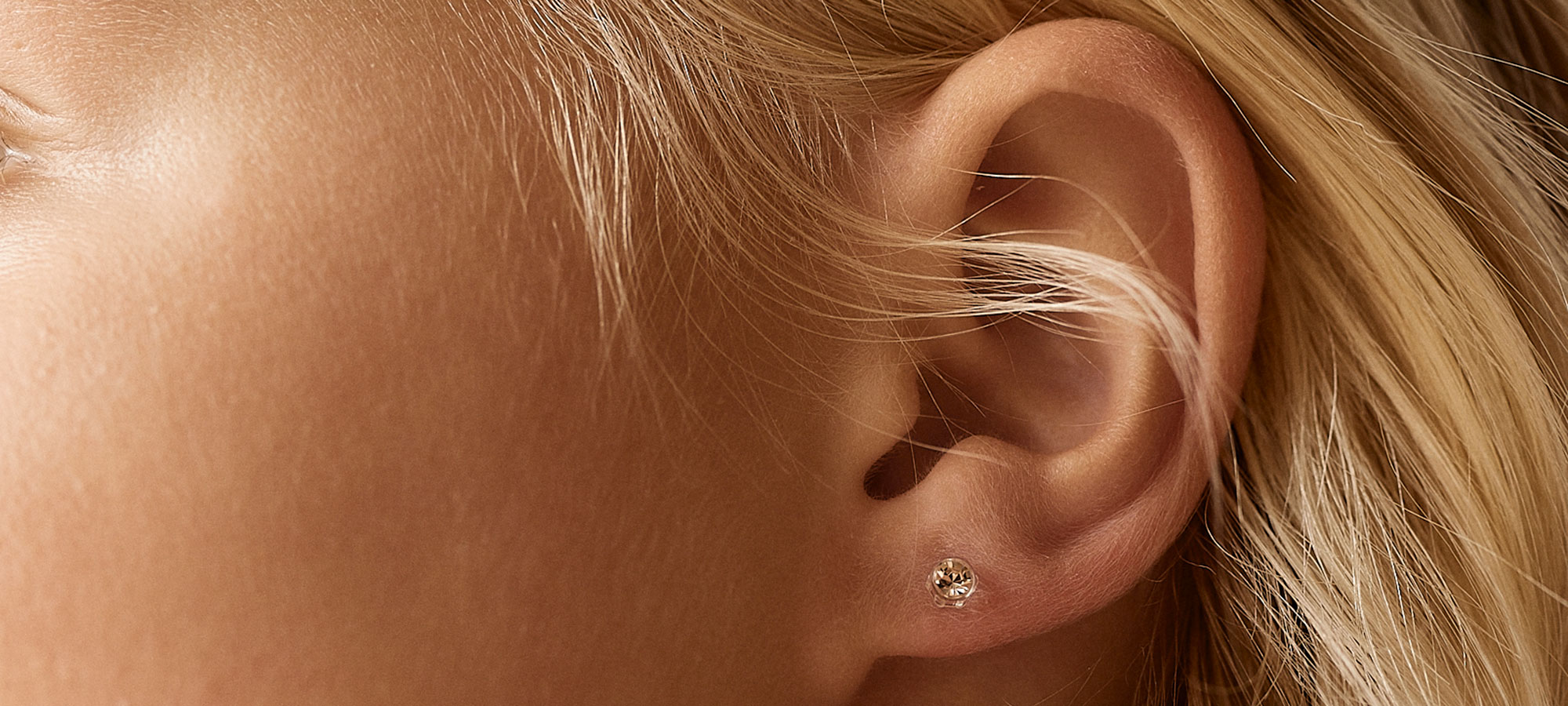
Step-by-step
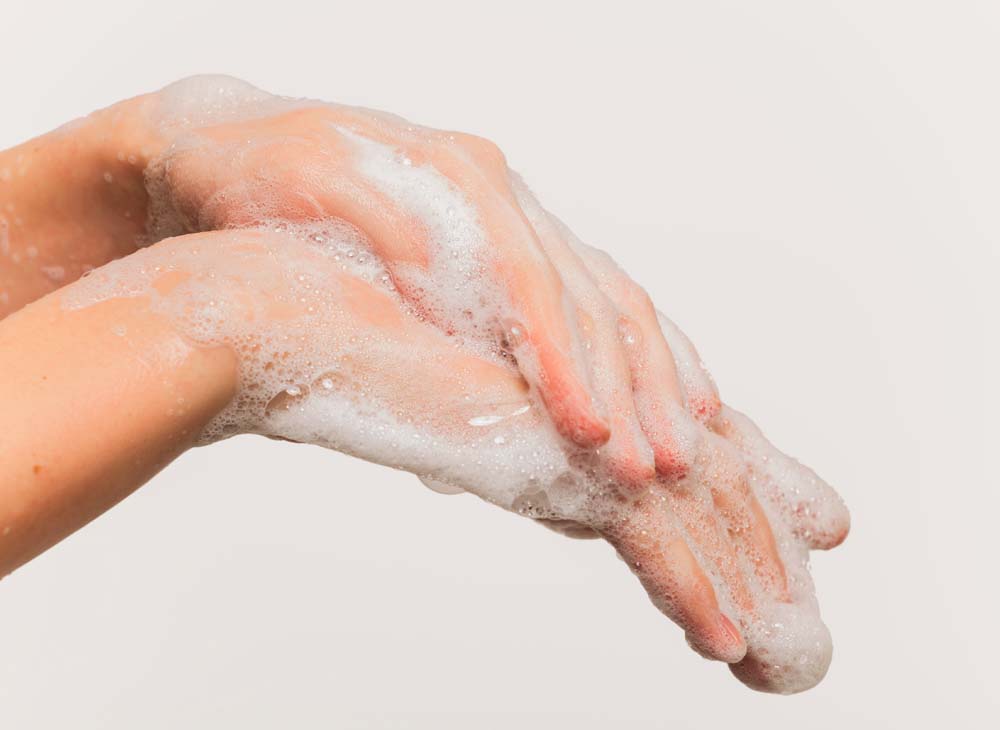
Wash your hands
Cleanse the ear
Cleanse the new piercing in your ear thoroughly in front and in back, morning and evening. Keep the earrings in your ear, even during cleansing.
Use a liquid soap and we recommend that you cleanse the piercing while showering/washing your hair. Rinse thoroughly with running water and dry the area with a clean tissue or Q-tip.
For cleansing at other times, use Blomdahl Piercing Aftercare cleansing swabs, which are gentle to the skin. You can use them to cleanse between the ear and the earring/earring back. Allow to air dry. Use a new cleansing swab for the other ear, as well as new swabs the next time you cleanse the piercings. Note! Do not cleanse using alcohol.
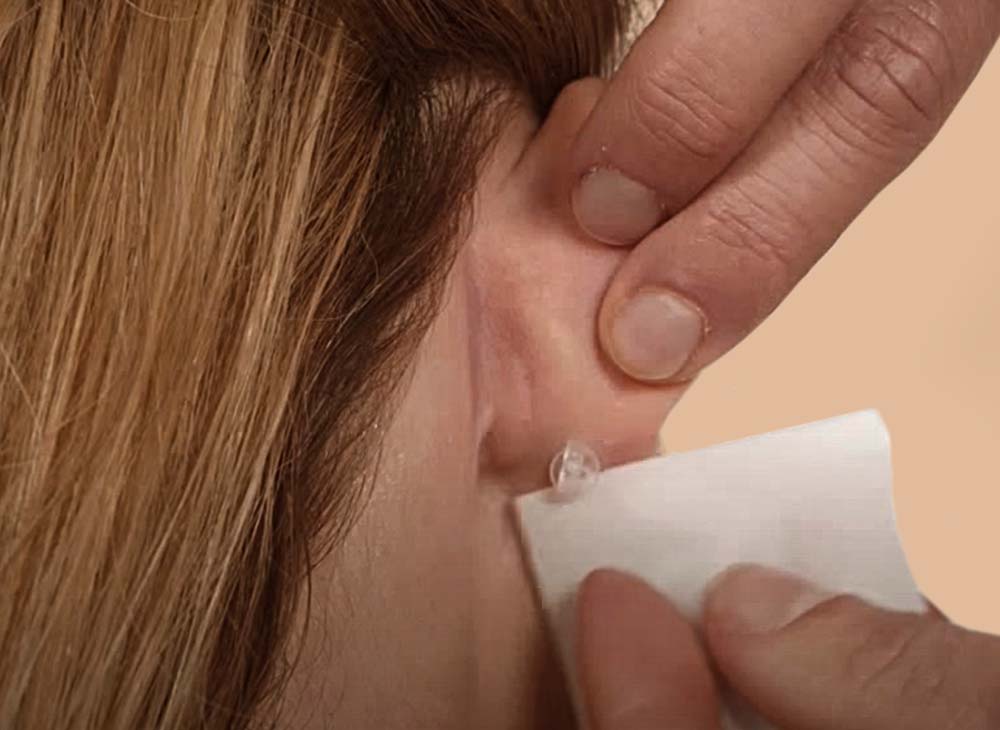

Piercing Aftercare – cleansing swabs
Important points to consider during healing
Clean, dry and airy
Cover your ears
Avoid getting snagged
Swimming
Infected ear piercing – what should I do?
• If you have had your earlobe pierced, take out the earring and cleanse your ear. If it is not better when you wake up the next day, consult with a doctor.
• If you have had the cartilage in your ear pierced, take out the earring, cleanse, and consult with a doctor immediately.
Do not put the piercing earring back in again, let the hole heal.

Changing earrings
• Wash your hands and ears carefully. We suggest that you switch to other earrings immediately after showering/washing your hair.
• Grasp the earring on the front side of the lobe. Use your other hand to grasp the earring back, on the back side of the lobe.
• Then, firmly wiggle the earring back, back and forth until it comes off.
• Carefully remove the post earring
• Put in a clean, new earring.
Ear piercings continue healing throughout the first year
• Make sure earrings are worn continuously for the first year because the holes can quickly shrink and/or grow again.
• Keep cleaning and checking the holes regularly (front and back) throughout the first year.
• One tip to aid healing is to wear our lightweight pendant earrings. These make it easier to keep the area around newly pierced holes clean, dry and aired.
Skin friendly children’s earrings that aid healing


Ear Ring 12 mm


Pendant Fixed Heart Earring


Pendant Fixed Butterfly Earring
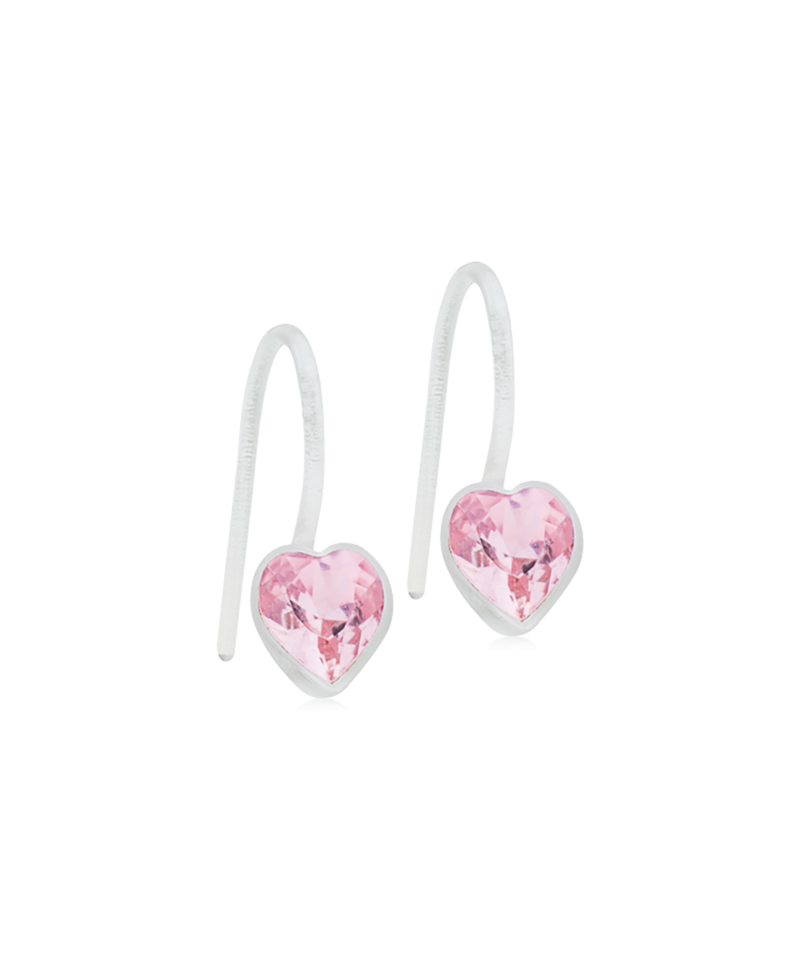
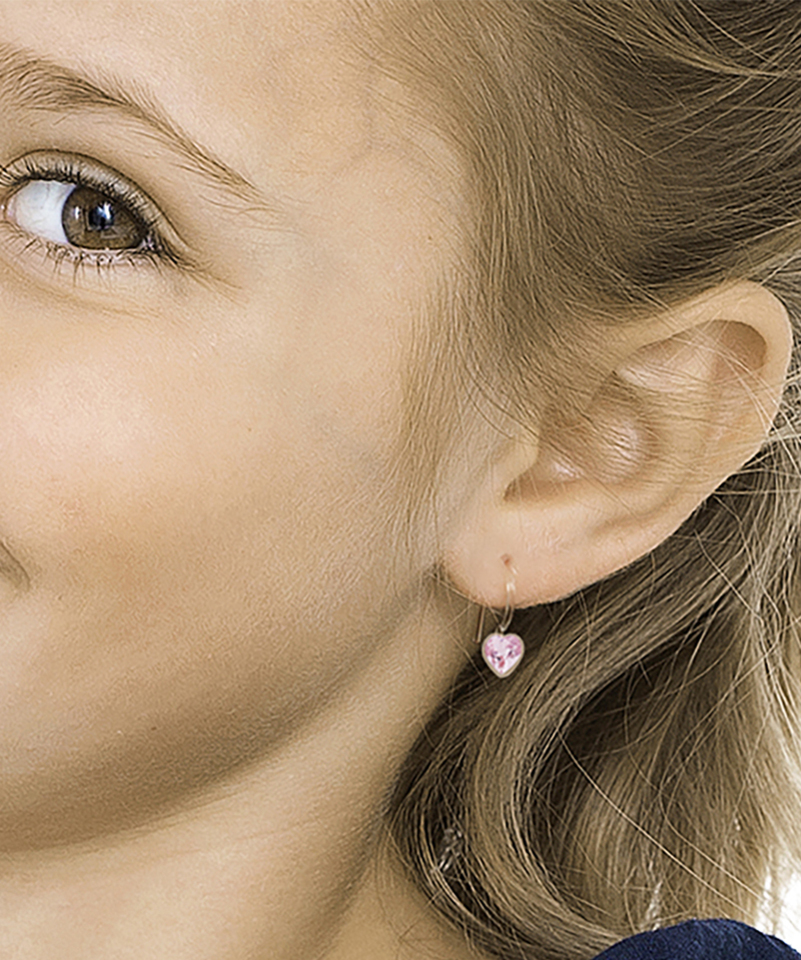
Pendant Fixed Heart Earring


Pendant Fixed Heart Earring


Pendant Fixed Butterfly Earring


Ear Ring 12 mm


Pendant Fixed Heart Earring


Pendant Fixed Butterfly Earring


Pendant Fixed Heart Earring


Pendant Fixed Heart Earring


Pendant Fixed Butterfly Earring


Ear Ring 12 mm


Pendant Fixed Heart Earring
Reduce the risk of infection in the first year
• Therefore, wash your hands and clean the earrings before changing them.
• Continue to keep the area around the holes clean, dry and aired.
• If you wear earrings with backs, the back and the earring should not be pushed too tight against the ear, as this risks them adhering to the ear. Pay extra attention to the back of the ears.
Skin friendly earrings that aid healing


Drop Earring


Pendant Bezel Earring


Pendant Pearl Earring


Pendant Tiffany Earring


Ear Ring 14 mm


Ear Ring 25 mm


Pendant Moon Ear Ring


Drop Earring


Pendant Bezel Earring


Pendant Pearl Earring


Pendant Tiffany Earring


Ear Ring 14 mm


Ear Ring 25 mm


Pendant Moon Ear Ring


Drop Earring
Avoid a nickel allergy with Blomdahl’s help

First-year earrings are particularly important for your skin
Choosing earrings with care can help to keep your skin healthy. Blomdahl has, in consultation with dermatologists, developed jewellery that is proven to be skin friendly and suitable for everyone, especially those with newly pierced ears.
Earrings in medical-grade plastic – 0% nickel


Daisy Earring
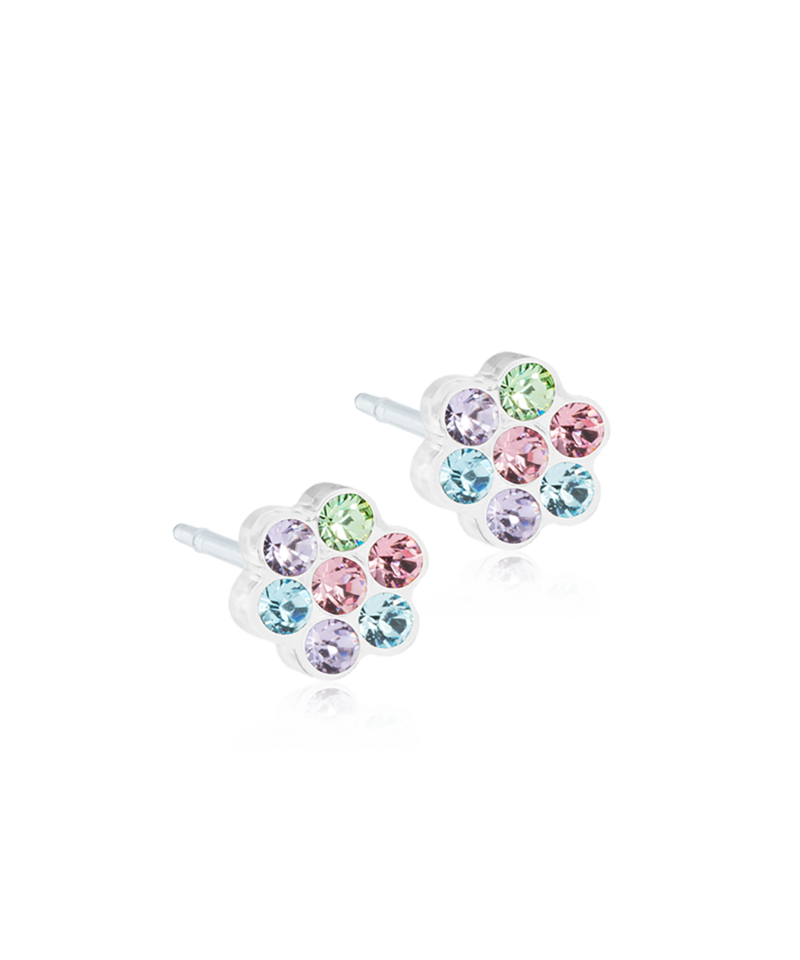

Daisy Earring


Bezel Earring 4 mm


Bezel Earring 4 mm


Flower Earring


Butterfly Earring


Butterfly Earring


Heart Earring


Heart Earring


Flower Earring
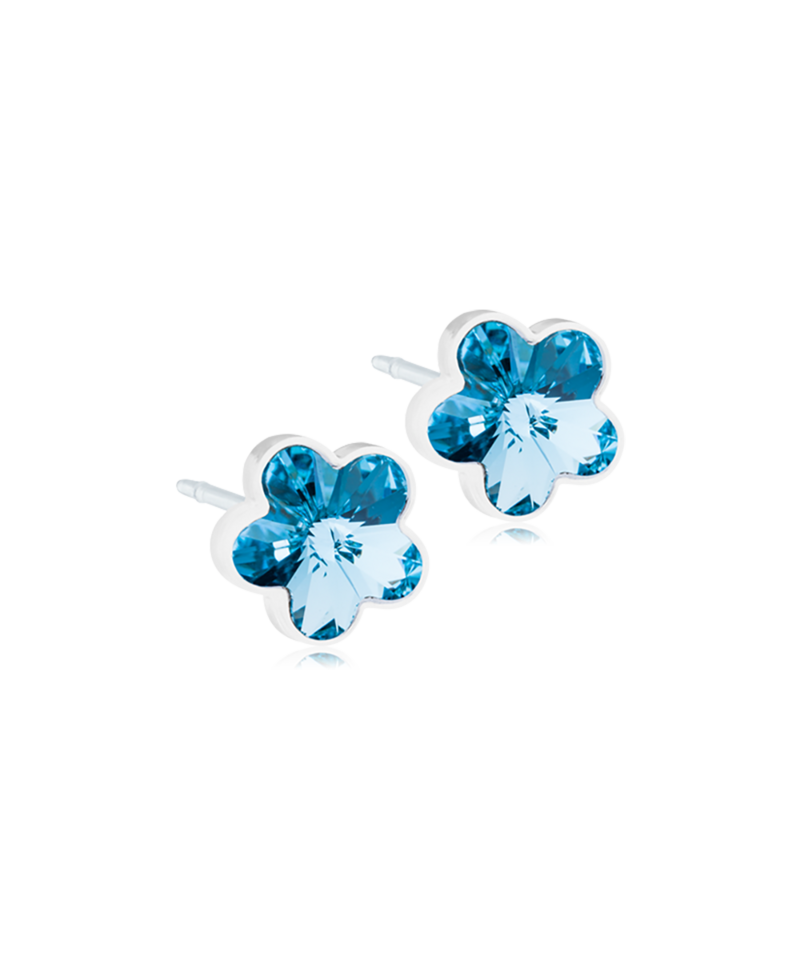

Flower Earring


Daisy Earring


Daisy Earring


Bezel Earring 4 mm


Bezel Earring 4 mm


Flower Earring


Butterfly Earring


Butterfly Earring


Heart Earring
Nickel-safe earrings in pure medical-grade titanium


Pearl Earring 5 mm
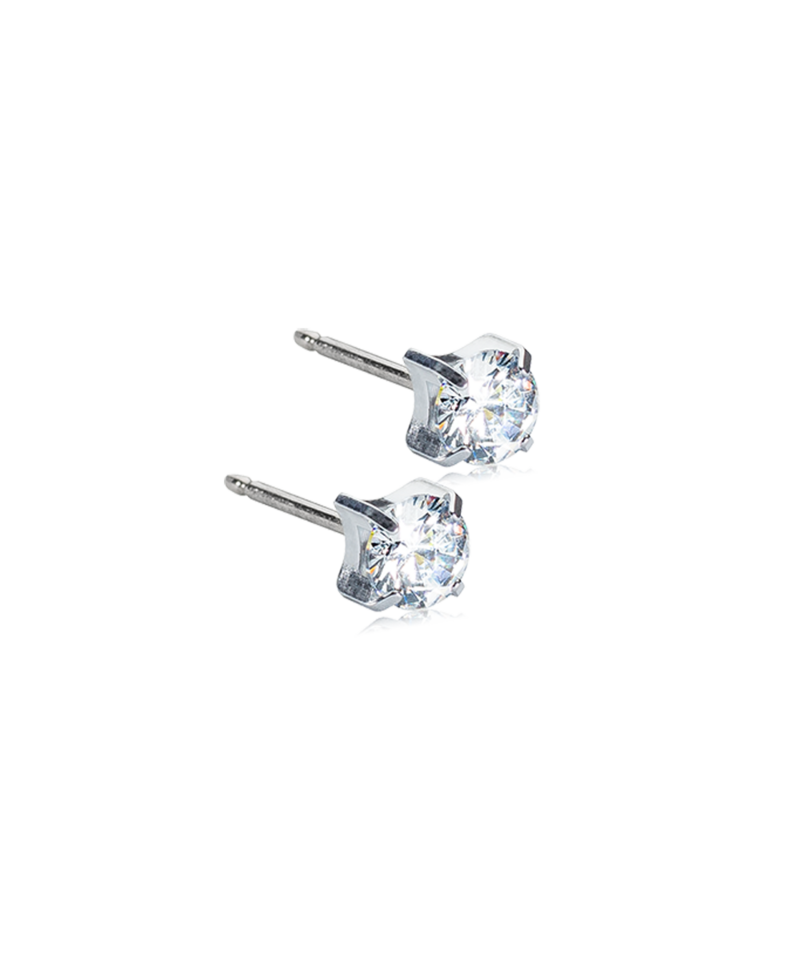
.jpg?v=1746167742)
Tiffany Earring 5 mm


Heart Earring


Tiffany Earring 5mm


Heart Earring


Heart Earring
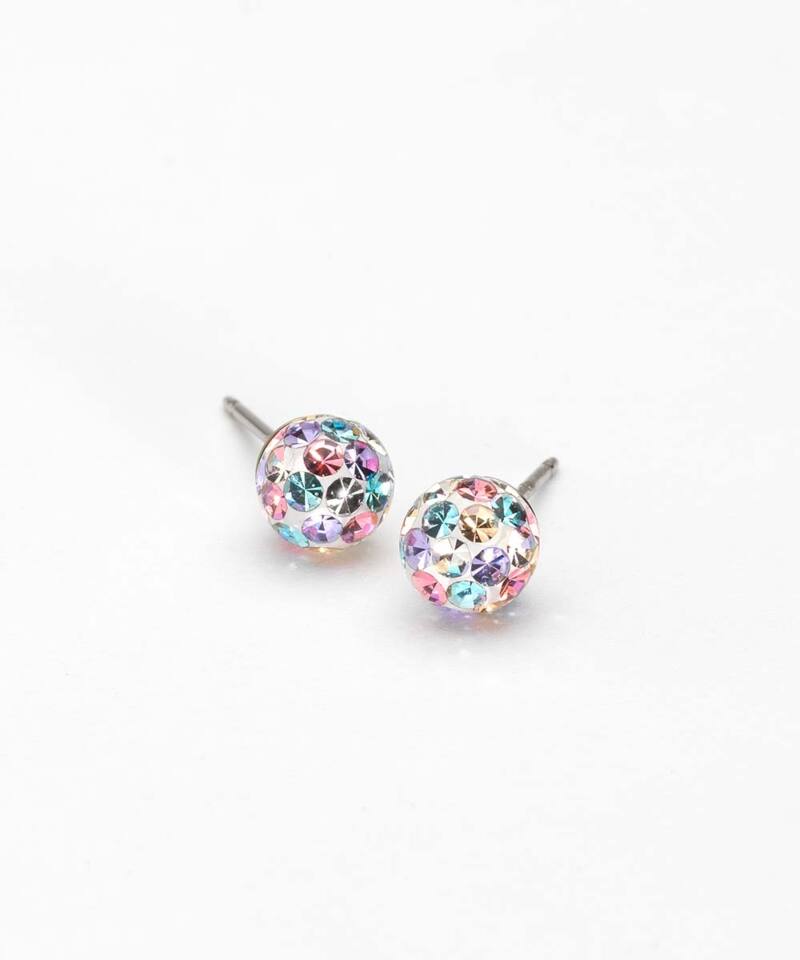

Crystal Ball Earring


Pearl Earring 5 mm

.jpg?v=1746167742)
Tiffany Earring 5 mm


Heart Earring


Tiffany Earring 5mm


Heart Earring


Heart Earring


Crystal Ball Earring







 Sweden
Sweden  Denmark
Denmark  Germany
Germany  Austria
Austria  For English
For English